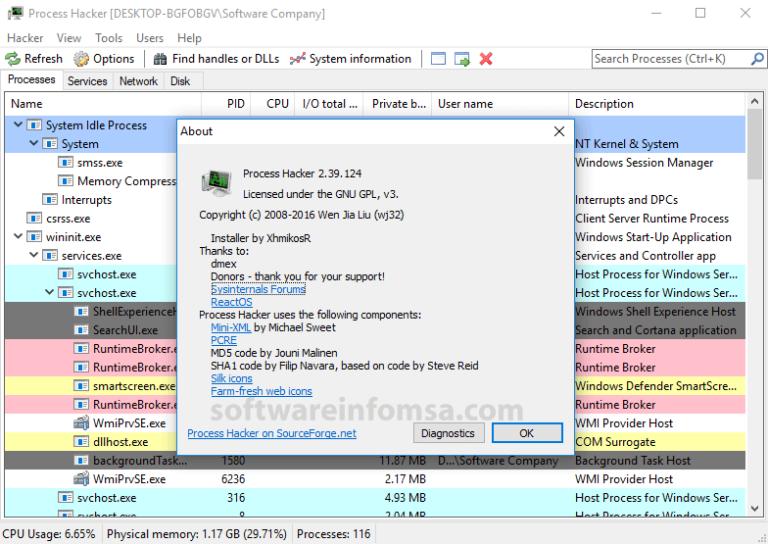

If updating your PC and hardware drivers doesn’t do the trick, then you’re going to have dive in and figure out what specific piece of hardware is causing trouble. RELATED: Why Does Rebooting a Computer Fix So Many Problems? You can find instructions for doing both of these things in this guide. While you’re at it, you’ll need to make sure drivers that Windows Update doesn’t manage are also up to date.

Let Windows Update do its thing so you can be sure you have all the latest Windows and driver updates–at least for drivers Windows is managing. If restarting your computer doesn’t cure the CPU usage problem, the next step is to make sure that your computer is up to date.

Restarting your computer can fix all kinds of weird issues and it’s an easy enough step to take. We know you’ve heard this a million times, but it’s still solid advice. Your first step should be restarting your computer. So, how do you troubleshoot the hardware problem? Well, that’s the tricky part. Since it’s representative of hardware interrupts on your PC, a consistently high CPU usage typically means that a piece of hardware or its associated driver is misbehaving. If you’re seeing the CPU usage of “System interrupts” rise higher than about 20% and–this is the important part– stay there consistently, then you have a problem. That’s Great, But Why Is It Using So Much CPU? In our case, it rose from a baseline of 0.1% to 0.3%.ĭuring the course of normal operations, you might see the CPU usage of “System interrupts” rise as high as 10% briefly before it settles back down to next to nothing. It won’t affect your “System interrupt” setting dramatically, but you should see it rise by a tenth of a percentage point or so. Fire up Task Manager and scroll down until you see “System interrupts” in the window.

In fact, you can see this very thing in action if you like. It all happens lightning fast, and there are typically many, many interrupts going on all the time. If it’s a high priority interrupt (as is usually the case with user input), the CPU suspends whatever process it’s working on, deals with the interrupt, and then resumes its previous process. When it determines that another piece of hardware needs the CPU’s attention, it sends an interrupt signal to the CPU. Rather than have a whole process dedicated just to watching for signals from your keyboard, there’s actually a bit of hardware on your motherboard that handles that kind of monitoring. Say you start typing something on your keyboard, for example. While a hardware interrupt sounds rude, it’s a normal communication between your hardware (and associated software) and your CPU.


 0 kommentar(er)
0 kommentar(er)
